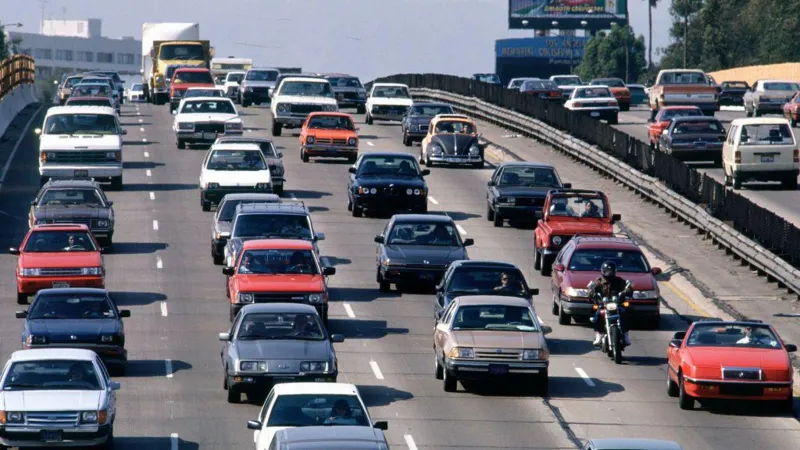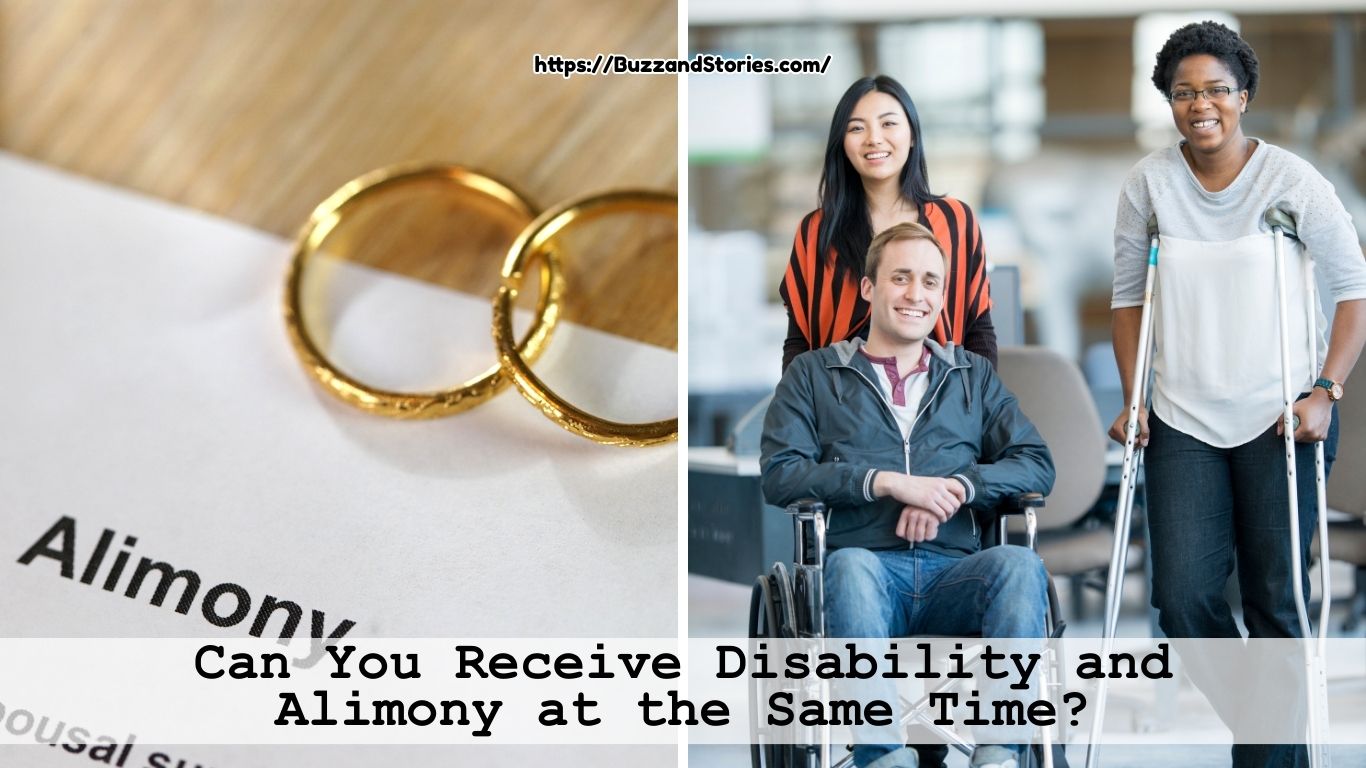For decades, Los Angeles has been synonymous with car culture. Sprawling freeways, congested traffic, and miles of asphalt have defined the city’s urban landscape. Yet, a quiet revolution may be brewing as bike lanes begin to carve out space in this car-dominated metropolis. With climate change concerns, shifting urban priorities, and an increasing interest in sustainable transportation, the potential for bike lanes to transform Los Angeles is becoming a topic of spirited debate.
The rise of bike infrastructure in Los Angeles represents a radical shift in urban planning. Historically, the city has invested heavily in roads and freeways, prioritizing cars over all other forms of transportation. However, in recent years, local governments, activists, and urban planners have begun to champion the creation of bike lanes as part of a broader effort to reduce carbon emissions and encourage healthier, more accessible transit options.
One of the most ambitious projects is the Los Angeles Bicycle Plan, a long-term initiative aimed at adding hundreds of miles of bike lanes throughout the city. These efforts are not without challenges. Opposition often arises from drivers who worry about losing valuable road space, businesses concerned about reduced parking, and skeptics questioning whether bike lanes will be widely used in a city with a deep-rooted car culture.
Nevertheless, success stories from neighborhoods that have embraced bike infrastructure provide a compelling counterargument. Areas such as downtown Los Angeles and Santa Monica have implemented bike-friendly streets, leading to increased cycling activity, safer roads, and even economic benefits for local businesses. Data from these regions show that bike lanes not only promote cycling but also reduce traffic congestion and improve air quality.
The social benefits of bike lanes cannot be overlooked either. Expanding bike infrastructure makes cycling a viable option for more residents, particularly those in low-income communities who often face barriers to car ownership or reliable public transit. By providing affordable and sustainable transportation alternatives, bike lanes have the potential to improve equity across the city.
However, for bike lanes to truly reshape Los Angeles, a cultural shift is needed. Encouraging Angelenos to embrace cycling as a legitimate form of transportation requires investment in public awareness campaigns, safety education, and an interconnected network of protected bike lanes. Moreover, collaboration between city planners, residents, and advocacy groups will be essential to overcoming resistance and ensuring that bike infrastructure serves the diverse needs of the city’s population.
The question remains: Can bike lanes really redefine a city built for cars? While the journey will undoubtedly be challenging, Los Angeles has an opportunity to lead by example. By reimagining its streets and prioritizing sustainable transportation, the city could become a blueprint for how even the most car-centric urban centers can adapt to a greener, more equitable future.
The next decade will be critical in determining whether Los Angeles can successfully transition from its car-crazy past to a more bike-friendly future. One thing is certain: the introduction of bike lanes is more than just a transportation update; it’s a statement about the city’s values and its vision for the future.




















